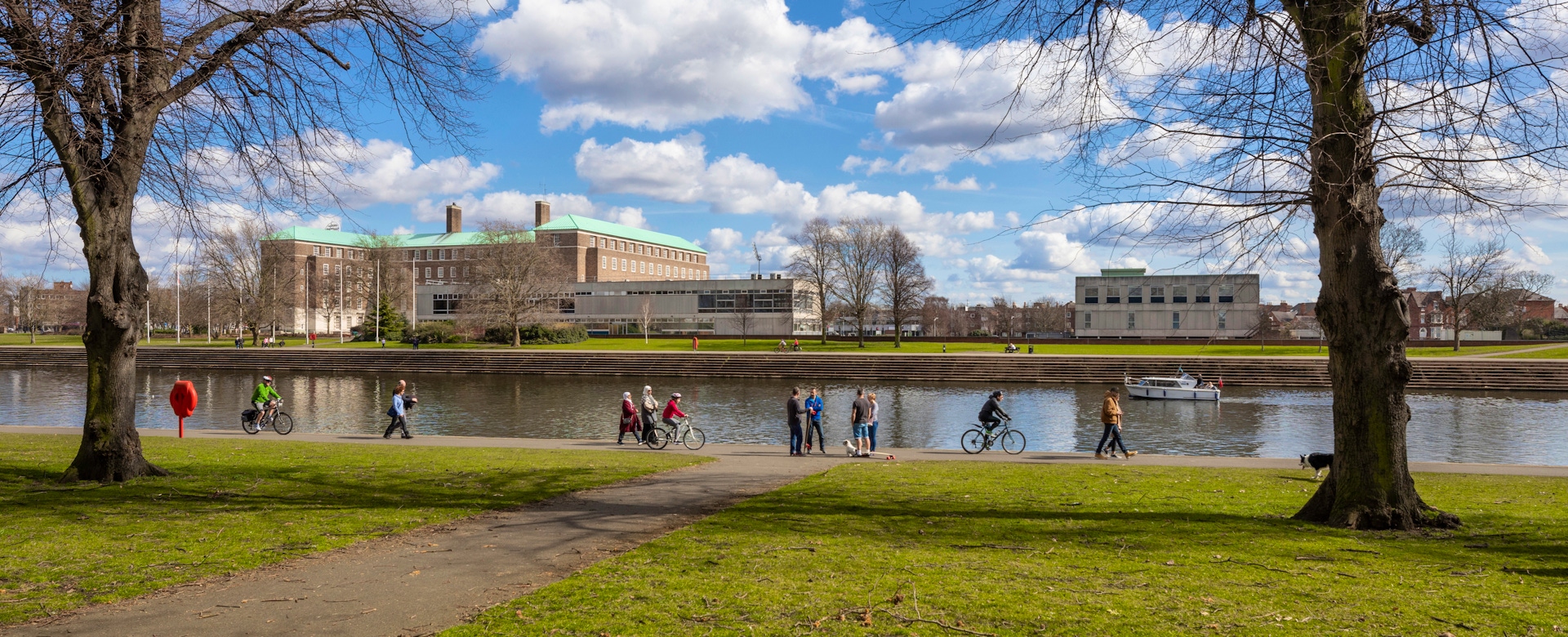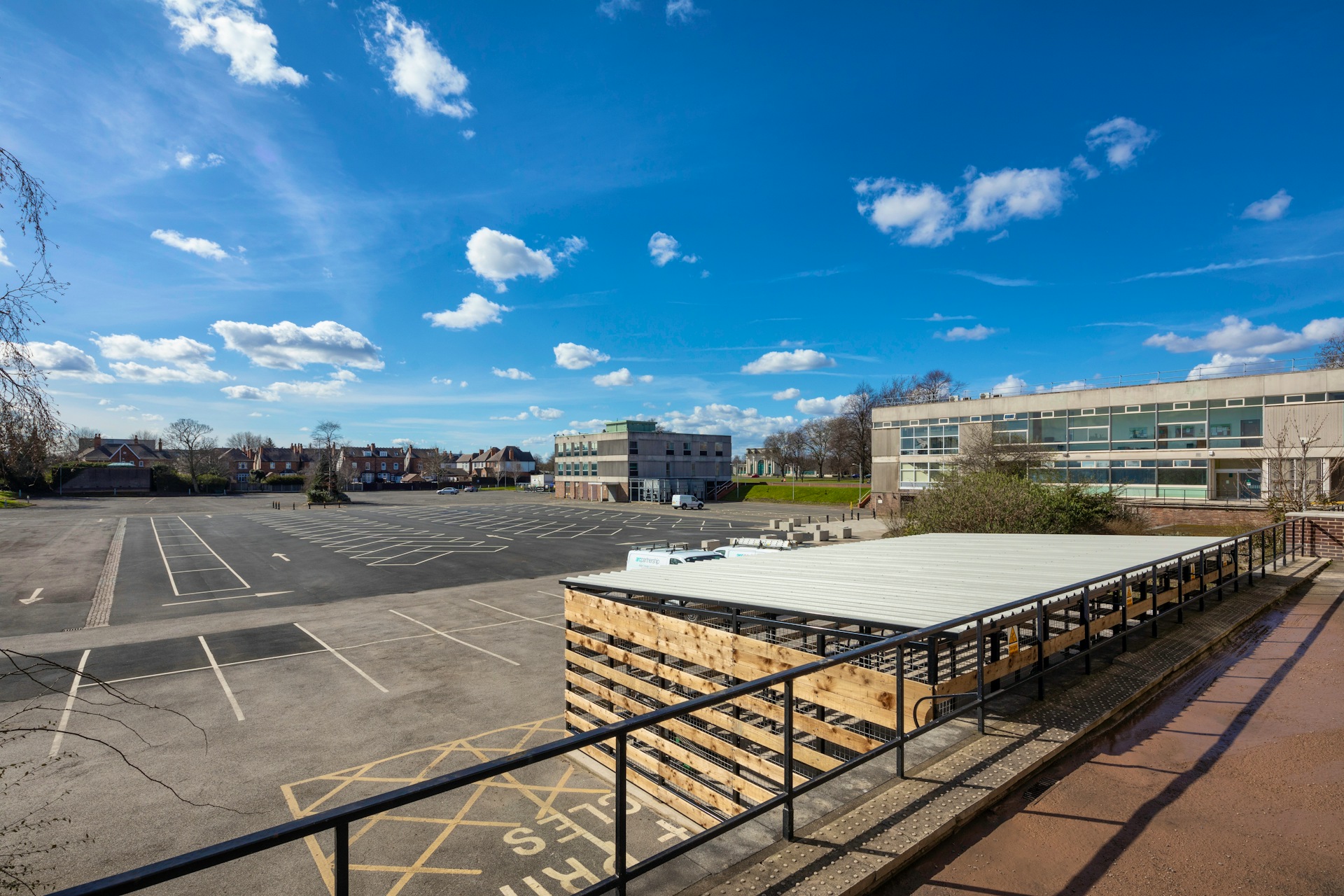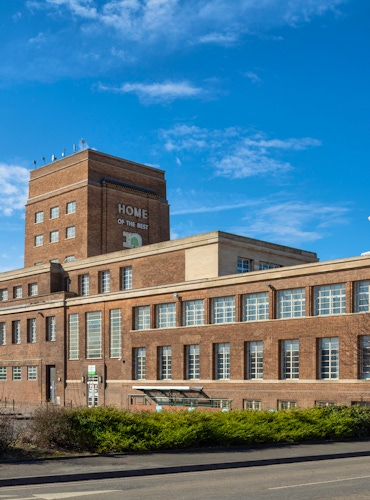
County Hall CLASP block
Nottinghamshire County Council’s headquarters sit on the banks of the River Trent, at County Hall. Over the years, the original striking 1930s building had been added to, with three CLASP buildings constructed in the 1960s and 70s.
By 2015, changes in working habits meant the Council no longer needed so much office space. On top of this, the CLASP block fell short of current regulations and the cost of bringing it up to modern standards was prohibitive. They decided to demolish the block and asked us to manage the project.
We began by carrying out a feasibility study and carefully planning the demolition so staff in the surrounding office buildings could keep working as normal. This included creating a strategy for isolating, diverting and replacing services like water, electricity, internet connection, data cabling and fire and intruder alarms, without disrupting service elsewhere.
As the block sat next to three other occupied office buildings, we split the project into three phases to make it less disruptive for staff. We demolished the CLASP block, removed the corridors linking it with neighbouring buildings, and relocated the essential services. At the same time, we found and safely removed large amounts of hidden asbestos.
We also relocated the deliveries loading bay, storage facilities, staff changing rooms, showers, bike store, members’ cloakroom and site services.
Thanks to careful planning, the relocation of essential services went smoothly and there was no loss of connection to the remaining offices during the entire work programme.
Because consideration for the environment was a crucial part of the project, we put noise-mitigation and dust-suppression strategies in place, including screening scaffolding around the demolition site. A total of 237 tonnes of asbestos were safely removed and the vast majority of the remaining waste materials were recycled.

We also planned for the effects of severe weather, which meant that when Storm Doris hit the site in February 2017, with ferocious wind speeds of up to 94mph, the screening held up well and the project didn’t suffer any setbacks.
With such a complex project on a live, occupied site, a robust communication plan was vital. Our team held regular meetings with stakeholders and management teams, raising and discussing issues, managing expectations and making sure everyone understood what was happening next on site.
After the demolition and site clearance, we managed reinstatement works, including the modification of retaining walls and sensitive reinstatement of doors and windows in the remaining buildings. We installed a new 48-space bike shed and tarmacked the site to create a temporary car park, both of which improved travel options for Council staff.
We completed this challenging project on schedule in August 2017. As well as minimising disturbance to the Council team, we made sure there was no damage to the surrounding buildings and no negative impact on the environment.
The Council now has an office estate that’s up to modern standards, more suited to its needs and less expensive to run.
Where the old CLASP block once stood, we’ve been able to extend County Hall’s car park, improving options for staff. Now the site is clear, the Council also has the option of regenerating it in future, developing the land for a variety of uses.




